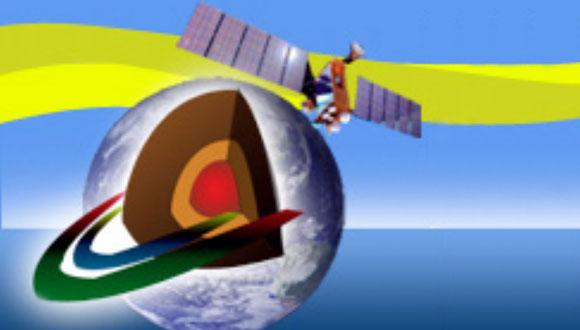Dept. of Geosciences Colloquium: Using Cutting-Edge Remote Sensing Methods and Data in the 25 Years of the NASA Land-Cover/Land-Use Change Program
Dr. Garik Gutman, NASA Headquarters, Washington DC
Abstract:
Studies of land-cover and land-use change (LCLUC) on a global scale became possible when the first satellite of Landsat series was launched 50 years ago. Since then, land-change science has been rapidly developing to answer the questions on where changes are occurring, what is their extent and over what time scale, what are their causes, their consequences for ecosystems and human societies, their feedbacks with climate change, and what changes are expected in the future. LCLUC studies use a combination of space observations, in situ measurements, process studies, socio-economic methods and numerical modeling. To get the most out of current remote sensing capabilities researchers strive to utilize data sources, different in space and time resolution and in electromagnetic range. Fusing observations from optical sensors with radar data helps fill the cloud-induced gaps in optical data. The goal is to develop multi-sensor, multi-spectral methods to increase the spatiotemporal coverage and to advance the virtual constellation paradigm for moderate spatial resolution (10-60m) land imaging systems with continental to global scale coverage. Also, the use of commercial satellite very high (meter) resolution is accelerating with more data becoming available and accessible. On the other hand, socioeconomic research plays an important role in land-change science and includes analyses of the impacts of changes in human behavior at various levels on land use. Studies of the resultant impacts of land-use change on society, or how the social and economic aspects of land-use systems adapt to climate change are becoming more and more important as the climate crisis issues draw increasing attention.
The NASA LCLUC Program is developing interdisciplinary approaches combining aspects of physical, social, and economic sciences, with a high level of societal relevance, using cutting-edge remote sensing tools, methods, and data. The Program aims at developing the capability for annual satellite-based inventories of land cover and land use to characterize and monitor changes at the Earth’s surface to improve our understanding of LCLUC as an essential component of the Earth System. The Program currently focuses on detecting and quantifying rapid LCLUC in hotspot areas and examining their impact on the environment and interactions with climate and society. This talk will summarize the Program’s achievements during the 25 years since its inception with an emphasis on the most recent findings. It will describe the synergistic use of multi-source land imaging data including those from the instruments on the International Space Station. The examples will cover various land-cover and land-use sectors: forests, grasslands, agriculture, urban and wetlands.
Event Organizer: Dr. Roy Barkan


